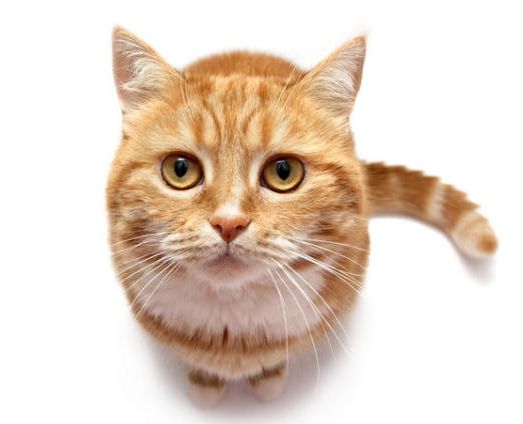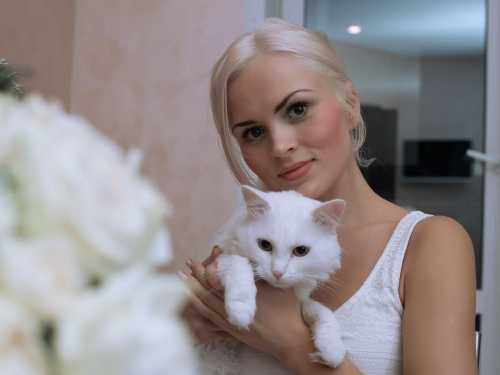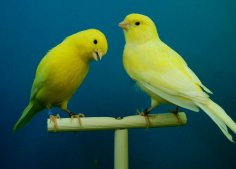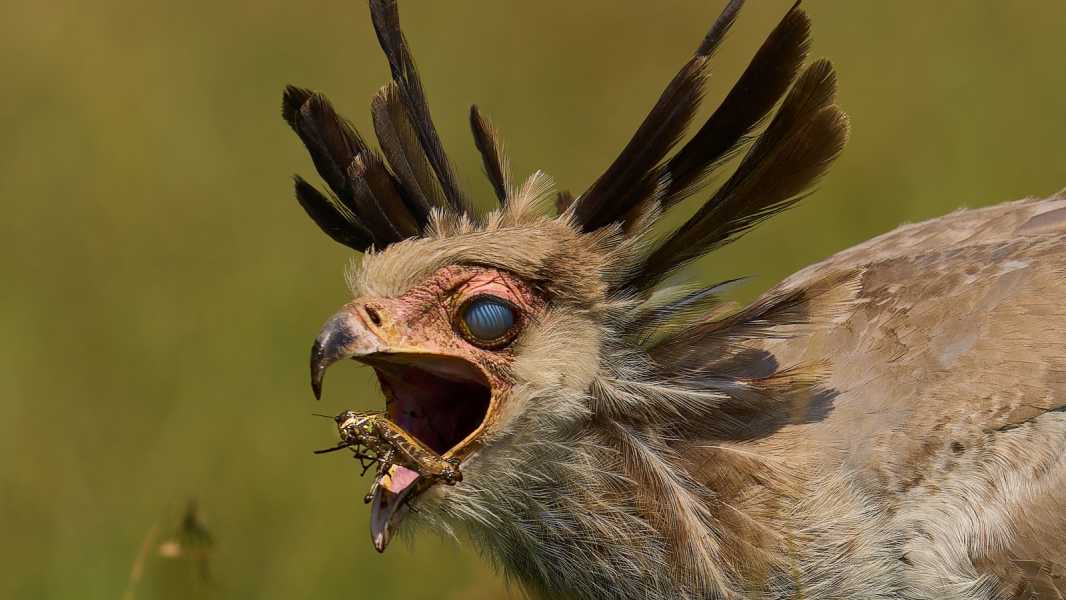
Peter Hudson's image of a secretarybird has won the Ecology and Environmental Science category of the Royal Society photography competition. (Image credit: Secretarybird's gullet, Peter Hudson)
A unique photograph has captured the moment a secretary bird (Sagittarius serpentarius) closes its third eyelid to catch a locust in mid-air. The image is one of the winners of the Royal Society Publishing Photography Competition 2024, which is run in partnership with the Royal Photographic Society and celebrates images that reveal hidden scientific phenomena in nature.
The secretary bird was photographed by biologist and photographer Peter Hudson, who won the award in the Ecology and Environmental Science category.
“Secretary birds are related to falcons, but they have evolved a lifestyle similar to storks, moving across the savannah in search of food such as locusts, lizards, and amphibians by swatting them on the ground,” Hudson told Live Science in an email. “This bird has just caught a locust, and as it swallows it, it simultaneously closes the third eyelid, the nictitating membrane, over its eyes to protect them from damage.”
Secretarybirds are large birds of prey, standing about 4 feet (1.2 meters) tall, with an eagle-like body and long, crane-like legs. They are native to sub-Saharan Africa and, although capable of flight, spend most of their time wandering through tall grasses in search of food.
Hudson's photo shows the bird's third eyelid, which looks like a blue ball in its socket. According to the National Audubon Society, the third eyelid is located between the upper and lower eyelids. It is attached to the inside of the eye and moves horizontally across the eyeball, protecting it from dust, wind, and other threats, giving rise to the nickname “nature's glasses.”
The winning image is an aerial photograph of four sharks hunting a school of fish. It was taken by Angela Albie, a researcher at the Max Planck Institute for Animal Behavior in Germany who studies shark-fish interactions.
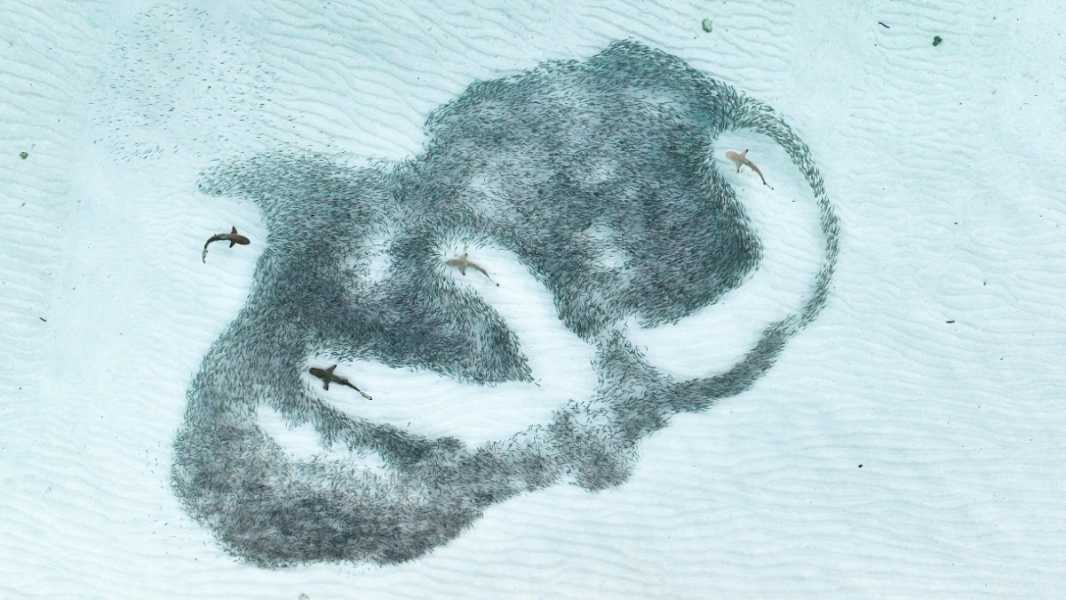
Albie's photo, which captured shark hunting behaviour, was voted the overall winner.
“Just after sunrise or before sunset, the shallow waters of the Maldives become a clear, crystal-clear surface,” she said in a statement. “This is when we have the best chance of seeing reef sharks interacting with their prey. In this image, taken during a research trip in 2024, the shark on the far left unexpectedly
Sourse: www.livescience.com


